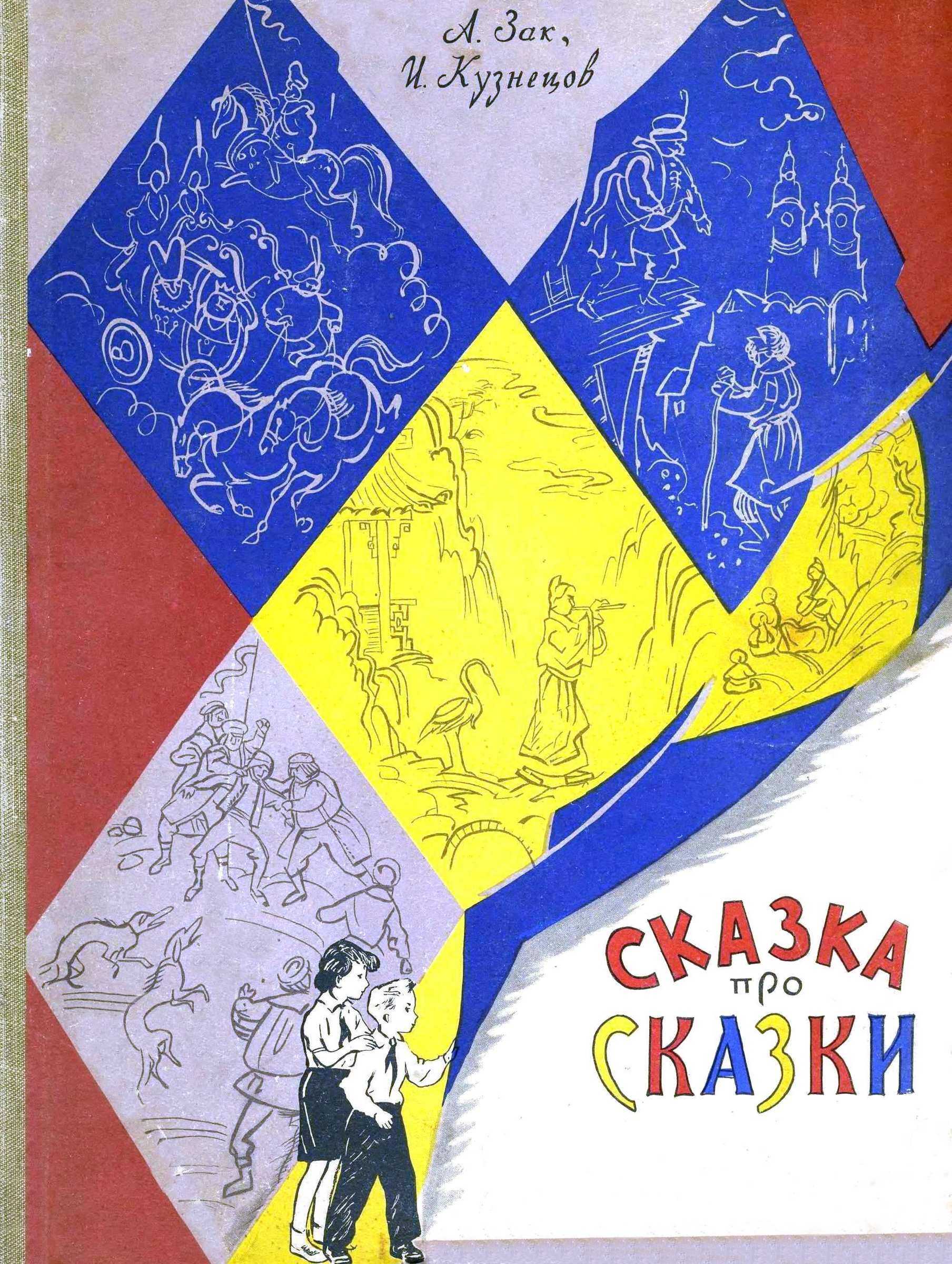Шрифт:
Закладка:
Предлагаемая читателю коллективная монография является широкомасштабным исследованием, посвященным одному из оригинальных направлений искусства наших дней. В отличие от многих приблизительных представлений об исторических судьбах этого явления, мы стремимся показать его как искусство, полное своеобразной красоты и энергии.В центре внимания – ЧЕЛОВЕК – главная эстетическая категория в поэтике экспрессионизма. В исследовании в новых вариантах рассматриваются проблемы судьбы ЧЕЛОВЕКА и ЧЕЛОВЕЧЕСТВА, заявленные экспрессионистским творчеством как никаким другим. Эта тема оказалась актуальной и в 20-е годы прошлого столетия, и во второй половине XX века, и на фоне испытаний Второй мировой войны. Авторы монографии старались не отделять человека, погруженного в драматические виражи окружающего мира и страдающего от собственного несовершенства, от идеалов человечности и всеобщего братства. И хотя не все художественные и философские концепции человека и мира, предложенные экспрессионистами, выдержали испытания временем, были в них свои провидения, которые невозможно игнорировать. Размышления авторов охватывают искания в области литературы, изобразительного искусства, архитектуры, музыки, кино. Особо ставится проблема взаимодействия искусств.Книга рассчитана на думающего, заинтересованного в судьбах художественной культуры читателя.В формате PDF A4 сохранен издательский макет книги.









